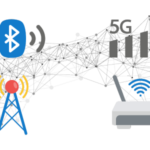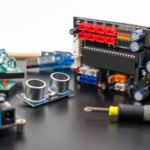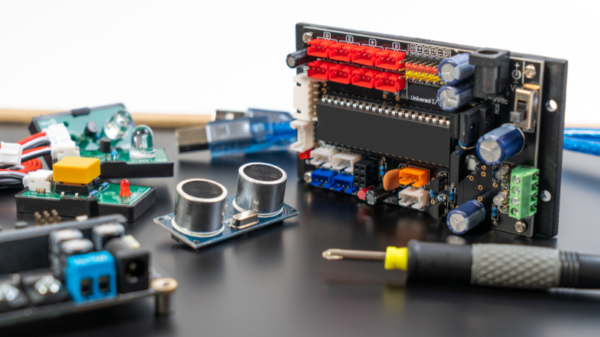The Internet of Things (IoT) is no longer a futuristic vision; it’s woven into the fabric of our lives. From smart thermostats to connected fitness trackers, these devices generate a constant stream of data. But processing this data efficiently, especially with limited bandwidth and the need for real-time decisions, is a challenge. Enter the heroes: edge computing and fog computing.
Think of It Like Traffic Control
Imagine a bustling city intersection. Cars (data) flow from all directions. Sending them all to a central processing center (the cloud) would create gridlock. Edge and fog computing act as distributed traffic control systems, processing data closer to its source, reducing congestion, and enabling faster responses.
Edge Computing: The On-Device Powerhouse
Edge devices, like sensors and controllers, have built-in processing capabilities. They can perform basic tasks like filtering data or making simple decisions before sending anything onwards. This reduces the amount of data transmitted and minimizes reliance on the cloud, ideal for situations where latency (delay) is critical. Think of a self-driving car needing to react instantly to an obstacle.
Fog Computing: The Neighborhood Hub
Fog nodes sit between the edge devices and the cloud. They have more processing power than edge devices and can handle complex tasks like real-time analytics and aggregation of data from multiple sources. This is perfect for applications like industrial automation or smart cities, where data needs to be analyzed locally before being sent to the cloud for further processing.
The Power of the Fog in Our IoT Bootcamp
At Learn Stack Academy, we understand the importance of edge and fog computing in the IoT landscape. Our immersive IoT Bootcamp doesn’t just teach you how to build cool projects; it equips you with the knowledge to design and implement efficient IoT systems. Here’s how:
- Understanding the Architecture: We break down the edge-fog-cloud continuum, explaining their roles and functionalities.
- Hands-on Learning: You’ll work with real-world scenarios, simulating data processing at the edge and fog layers before sending it to the cloud for further analysis.
- Industry-Standard Tools: We introduce you to popular tools and frameworks used for developing and deploying edge and fog applications.
By the end of the bootcamp, you’ll be able to:
- Design IoT systems that leverage the power of edge and fog computing.
- Develop applications that minimize latency and optimize data flow.
- Understand the trade-offs between edge, fog, and cloud processing.
Ready to join the IoT revolution? Learn Stack Academy’s bootcamp equips you with the skills and knowledge to navigate the exciting world of edge and fog computing, empowering you to build the future of connected devices. Sign up today and become an IoT expert!






